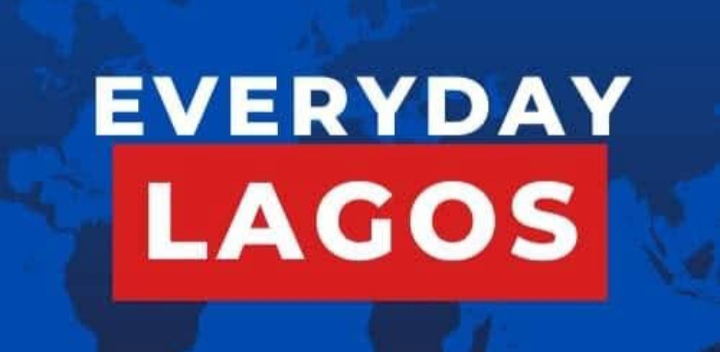When I first came across the news of the Nigerian Education Loan Fund, better known as NELFUND, I almost dismissed it as another political headline.
As a student preparing to enter my 400-level studies at the Federal University, Oye-Ekiti, I’ve learned to take government announcements with a grain of salt.
But as I read further and listened to conversations on campus, I realised this wasn’t just another speech—it was something that could change the daily realities of students like me.
The idea is straightforward: tuition fees will be paid directly to the universities, while students receive a monthly stipend to cover their living expenses.
To anyone outside the walls of a Nigerian university, this might sound ordinary. To us, it feels extraordinary.
I know classmates who skip meals to make ends meet, others who hustle after lectures just to buy textbooks.
For them, a steady allowance is not a luxury—it’s survival.
What made the scheme sound even more thoughtful was its repayment structure.
Graduates won’t start paying back until two years after the National Youth Service Corps (NYSC), and even then, only if they have a job.
The repayment is capped at ten percent of one’s salary, and there are no scary interest rates hovering in the background.
At first glance, it looked like the government had finally decided to ease our load, not add to it.
Still, doubts creep in. When I told my parents about NELFUND, they stared at me with a mix of surprise and caution.
My father asked, “Are you sure this is real?” My mother shook her head softly and said, “We’ve heard promises before.”
They weren’t wrong.
These are parents who have sacrificed for years, squeezing out tuition from salaries that never stretch far enough.
For them, the announcement was both good news and a question mark.
And the truth is, their skepticism reflects reality.
Already, there are reports of delays and glitches.
Some students say their schools aren’t even on the NELFUND platform yet.
Others have applied but received nothing months later. On paper, the loan looks clean and simple; in practice, it is already messy.
Then comes the future we don’t talk about enough.
What happens to graduates who can’t find jobs two years after NYSC?
What happens when that ten percent deduction, which seems small in theory, clashes with rent, food prices, and the weight of family responsibilities?
Anyone living in today’s Nigeria knows that numbers on a policy document don’t always match the harshness of life outside it.
And let’s not forget history.
We have seen policies launched with drums and applause only to fizzle out when government priorities shift.
Will NELFUND be consistent, or is it another bright start destined to dim with time?
Despite these questions, I can’t deny the hope it has stirred on my campus.
A classmate who nearly dropped out last semester is already counting on NELFUND to finish strong.
Another says it feels like a second chance.
When I walk around school now, I hear more students talking about possibilities instead of problems.
That alone is worth something.
So is NELFUND a blessing or a burden? The honest answer is both.
It offers relief but demands repayment.
It gives hope but also invites uncertainty.
For students like me, it mirrors the bittersweet reality of studying in Nigeria: every step forward comes with questions, every victory feels fragile.
For now, all we can do is wait—half grateful, half doubtful, but fully determined to keep learning, no matter the cost.

